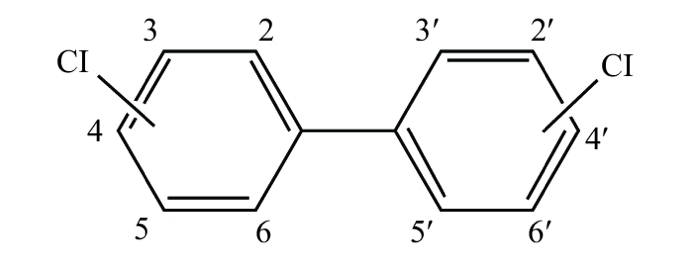PCBs: Progress towards Elimination
The group of chemicals known as polychlorinated biphenyls (PCBs) is one of the original twelve POPs covered by the Stockholm Convention. In addition to the hazardous POPs characteristics of toxicity, persistence, bioaccumulation, and long-range environmental transport, PCBs possess properties including longevity and heat absorbance, and form an oily liquid at room temperature that is useful for electrical utilities and in other industrial applications.
At the 8th Conference of the Parties (COP8) to the Stockholm Convention, Parties were encouraged “to step up their efforts, inter alia by developing and implementing rigorous plans for the environmentally sound management of polychlorinated biphenyls throughout their life cycles, including their elimination and destruction, to meet the goals of the Stockholm Convention to eliminate the use of polychlorinated biphenyls in equipment by 2025 and to achieve the environmentally sound waste management of liquids containing polychlorinated biphenyls and equipment contaminated with polychlorinated biphenyls having a content above 0.005 per cent no later than 2028”.
To ensure that all PCB uses are ceased by 2025, Parties will need support:
- To complete national inventories of all PCBs and related contaminated equipment;
- To improve the capacity and increase the knowledge of PCB equipment owners on proper maintenance of equipment to avoid further contamination.

The sound management of PCBs waste includes both destruction and disposal techniques that should not lead to the increase of POPs emissions and releases. A great example of a non-combustion POPs project is the construction of a destruction facility for PCBs in the Philippines. This project is supported by the Global Environmental Facility (GEF) and the United Nations Industrial Development Organization (UNIDO), and is a good practice example of collaboration between governmental agencies, intergovernmental organizations and the civil society. UNIDO Director General Li Yong cited the facility as “one of the examples of best practices in environmental protection.”
To ensure that all PCB uses are ceased by 2025, and that current inventories of PCBs are destroyed using non-combustion methods, IPEN Participating Organizations in Azerbaijan, Egypt, Kyrgyzstan, Philippines and Russia carried out projects in their countries to highlight quantities of PCBs remaining to destroy; provide information on any PCBs inventory-related data such as that gathered in POPs country status reports or National Implementation Plans (for example, the approximate quantities of PCB oils and contaminated equipment that are still in use or PCB wastes that are not yet managed in an environmentally sound manner); and pomote non-combustions methods of destruction.
This project relates to Sustainable Development Goals numbers 12, 14 & 15.
Special thanks to IPEN's Eastern Europe, Caucasus, and Central Asia (EECCA) Regional Coordinator Dr. Olga Speranskaya and EECCA Regional Hub Eco-Accord; Middle East and North Africa (MENA) Regional Coordinator Semia Gharbi and MENA Regional Hub AEEFG; and Southeast Asia (SEA) Regional Coordinator Lia Esquillo and SEA Regional Hub EcoWaste Coalition for their important contributions to the development and finalization of the project.
The resulting project reports are below:
- Arab Office for Youth and Environment (AOYE) (Egypt): PCBs: Progress toward Elimination in Egypt
- EcoSPES (Russia): PCBs: Progress in the Waste Management
- EcoWaste Coalition (Philippines): Promoting PCB Non-Combustion Facility for Waste Destruction in the Philippines
- Independent Ecological Expertise (Kyrgyzstan): Information on Implementation of the Stockholm Convention by The Kyrgyz Republic in Connection with Polychlorinated Biphenyls
- Ruzgar (Azerbaijan): Report on Inventory of PCBs in Azerbaijan
Additional resources related to PCBs elimination:
- Progress towards the 2028 target of PCBs elimination under the Stockholm Convention
- Review of progress towards elimination of PCBs
- COP8 decision on PCBs
- The Non-Com POPs Project: Answers to Frequently Asked Questions
- IPEN Briefing Paper on Non-Combustion Techniques for POPs Waste Destruction (русский, français, español, 中文 / >English / عربى )
- New Briefing Paper on Non-combustion Techniques for POPs Waste Destruction
- Non-Combustion techniques
- Greenwomen NGO report: PCB Contamination in East Kazakhstan
- IPEN Factsheet: Alternatives for POPs Disposal (English) / АЛЬТЕРНАТИВЫ ОБРАЩЕНИЯ СО СТОЙКИМИ ОРГАНИЧЕСКИМИ ЗАГРЯЗНИТЕЛЯМИ (СОЗ) (Russian)
